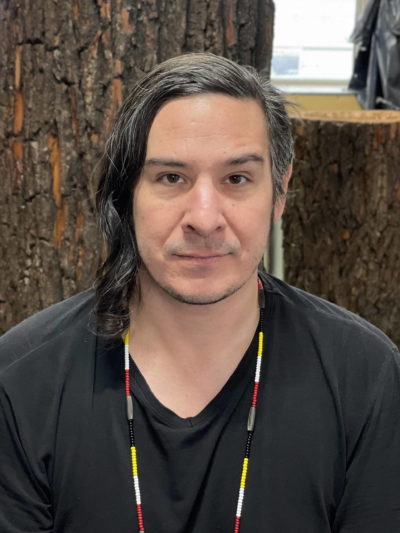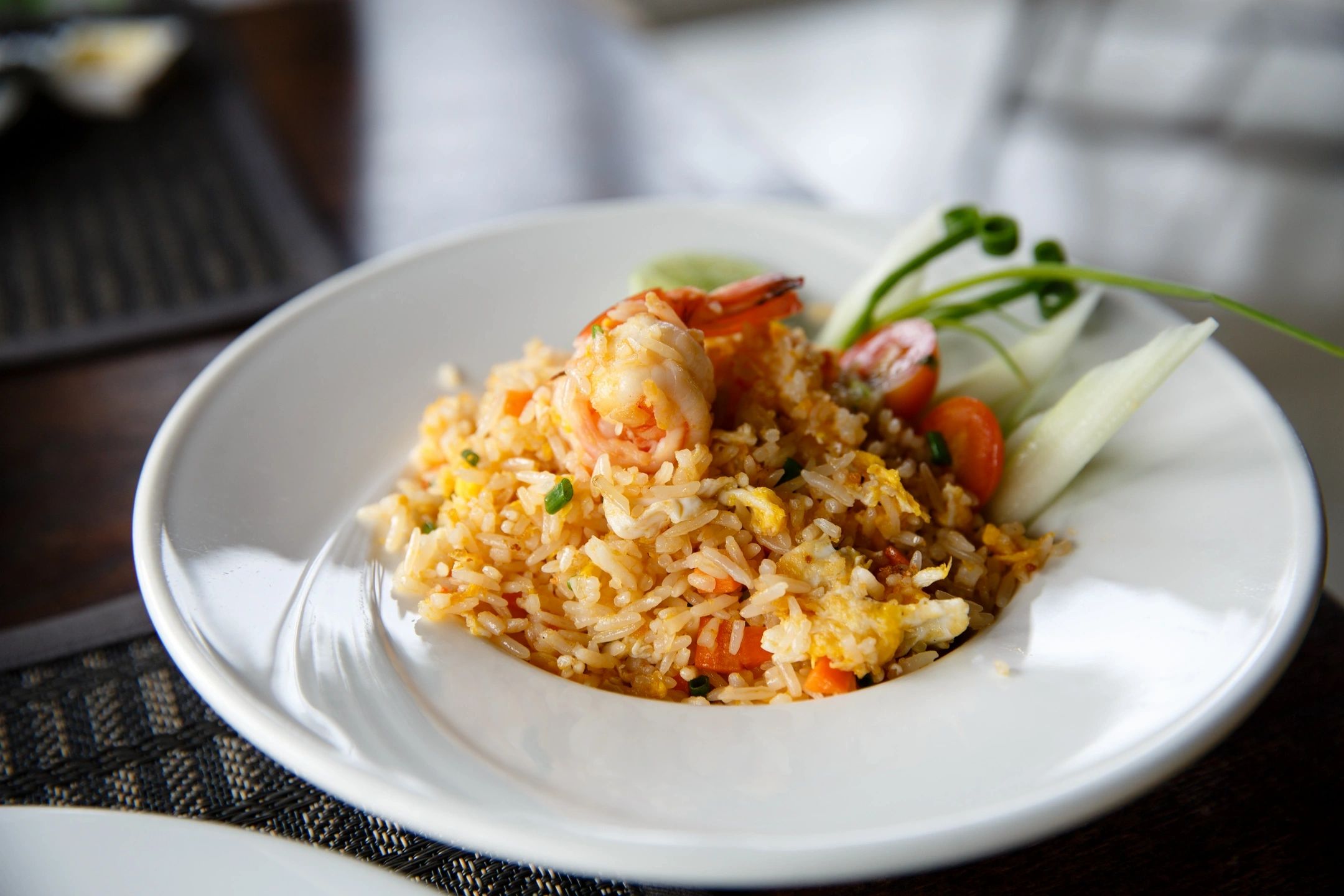Casey Koyczan, an interdisciplinary artist hailing from Yellowknife, N.W.T., has a remarkable talent for turning the unimaginable into a tangible reality through his artistic endeavors.
Employing a diverse range of mediums, Casey’s creative work transcends conventional boundaries, constantly pushing the limits of what is considered possible.
Embracing the power of digital production, particularly since the onset of the pandemic, Casey has seamlessly adapted to this new medium, allowing his artistic vision to thrive in the digital realm.
“As Indigenous artists, it’s essential that in order to know who we are and where we’re going that we know where we come from,” Koyczan said.
“The preservation of our culture, whether it be artworks or tradition or even beliefs, is really important to hold onto. I’m an artist that dabbles so much in futurism and surrealism with an Indigenous angle by way of where I come from. But that is rooted in a place of respect and history and where I come from and where my people come from.”
“I wouldn’t be able to imagine our culture and our people in the future if there wasn’t any sort of root in the past.”
A Masters degree in Fine Arts from the University of Manitoba, Casey Koyczan utilized his expertise to conceive and actualize a groundbreaking project. Notably, he designed a captivating virtual tour for the Qaumajuq exhibit of Inuit art at the Winnipeg Art Gallery.
Through his meticulous craftsmanship and digital prowess, he brings the Qaumajuq exhibit to life, bridging the gap between the physical and digital worlds to ensure that the beauty and cultural heritage of Inuit art reach a wider audience.
“There’s always way more work to be done, I think that we are making important steps as well,”
“We recently deaccessioned and sold the Warhol (art) to make more room for First Nations art. We have a lot of Inuit art, but not a lot of First Nations art, so that should be prioritized because we are on Treaty One land.”
The 83rd call to action of the Truth and Reconciliation Commission urged the Canada Council for the Arts to create and fund a comprehensive strategy, enabling Indigenous and non-Indigenous artists to engage in projects that contribute to the process of reconciliation. In response, the council established the {Re}conciliation Initiative in 2015, with the objective of fostering artistic collaborations between Indigenous and non-Indigenous artists.
Redhead, among others, acknowledges the importance of continuing efforts in this realm. She expresses her hope that individuals take the time to reflect upon and honor Indigenous history, cultures, and stories, recognizing their potential to be both shared and preserved through the powerful medium of art. By embracing and celebrating these narratives, we collectively contribute to the ongoing journey of reconciliation.



